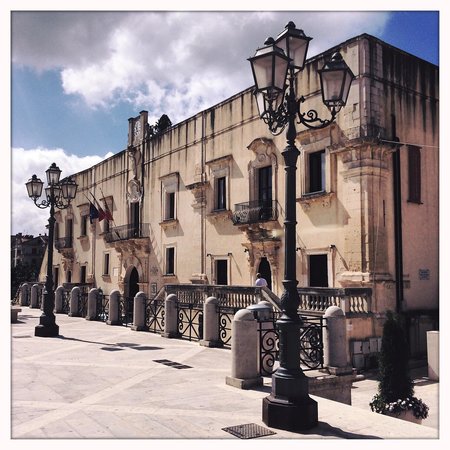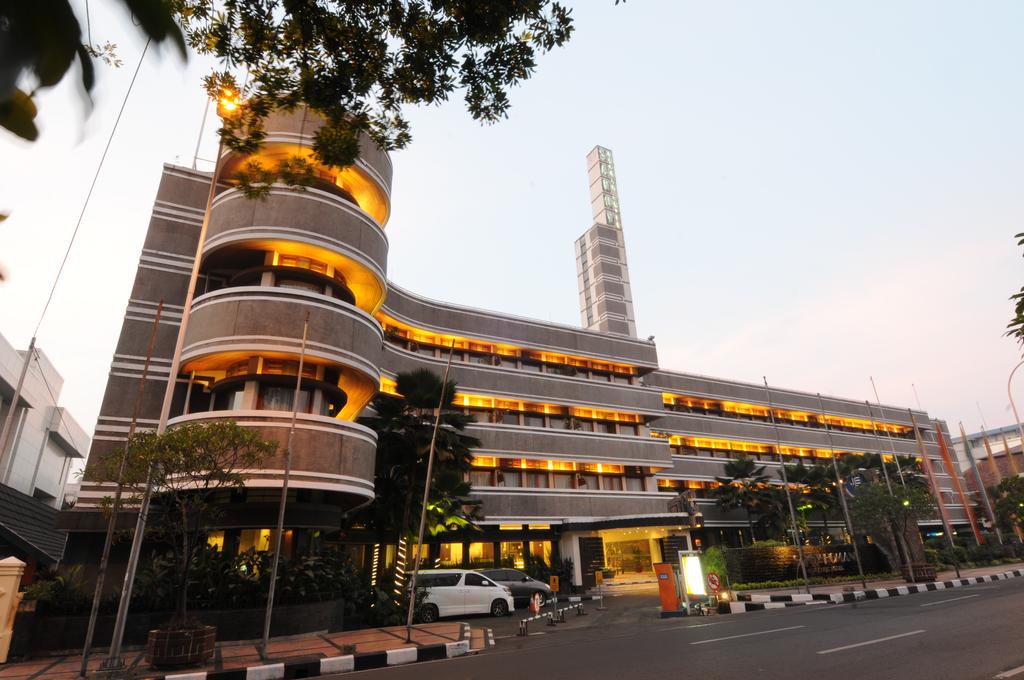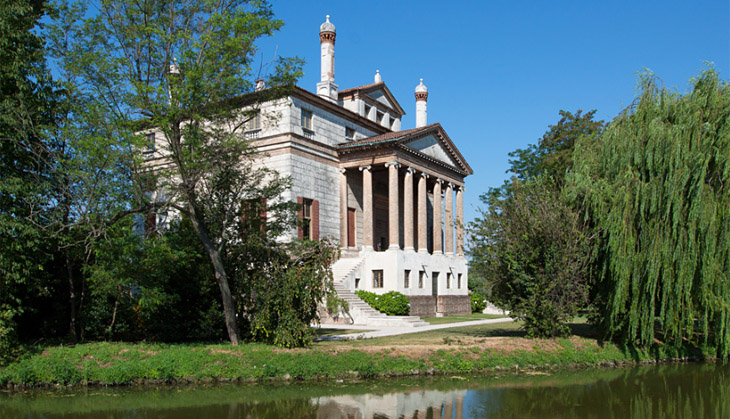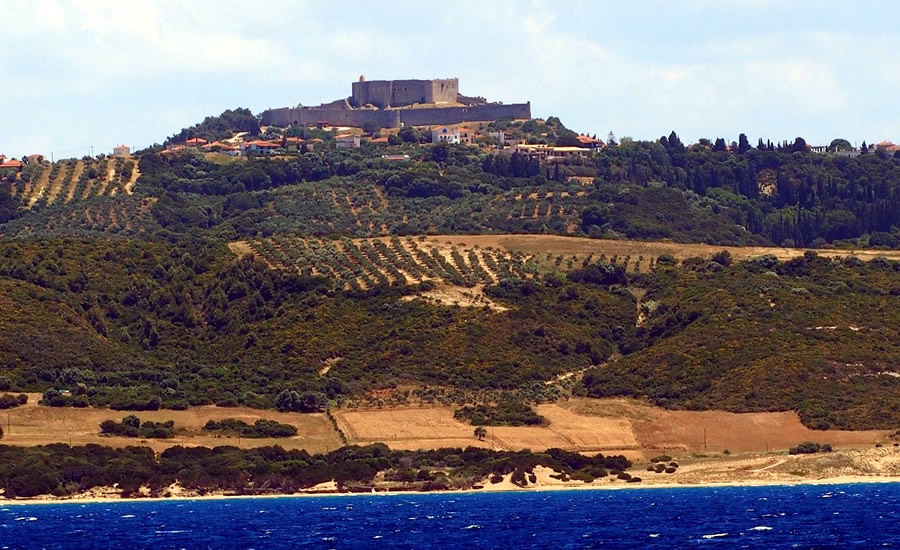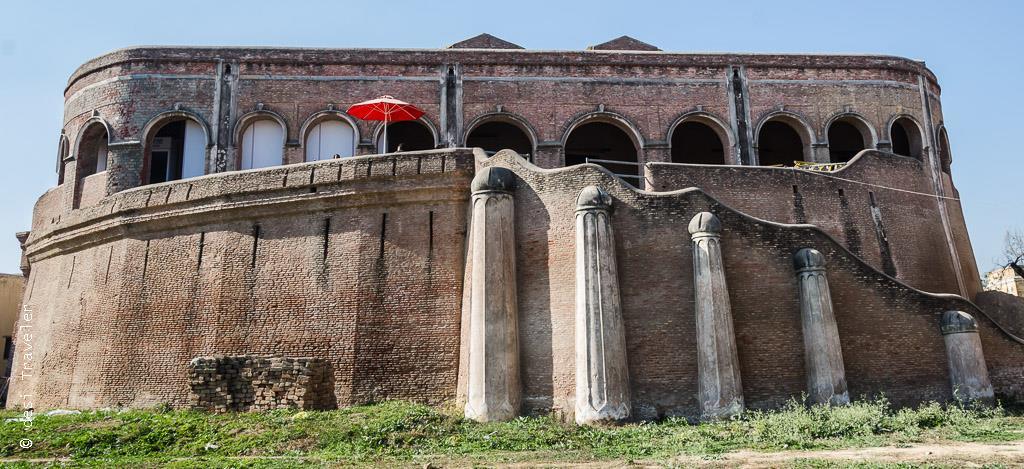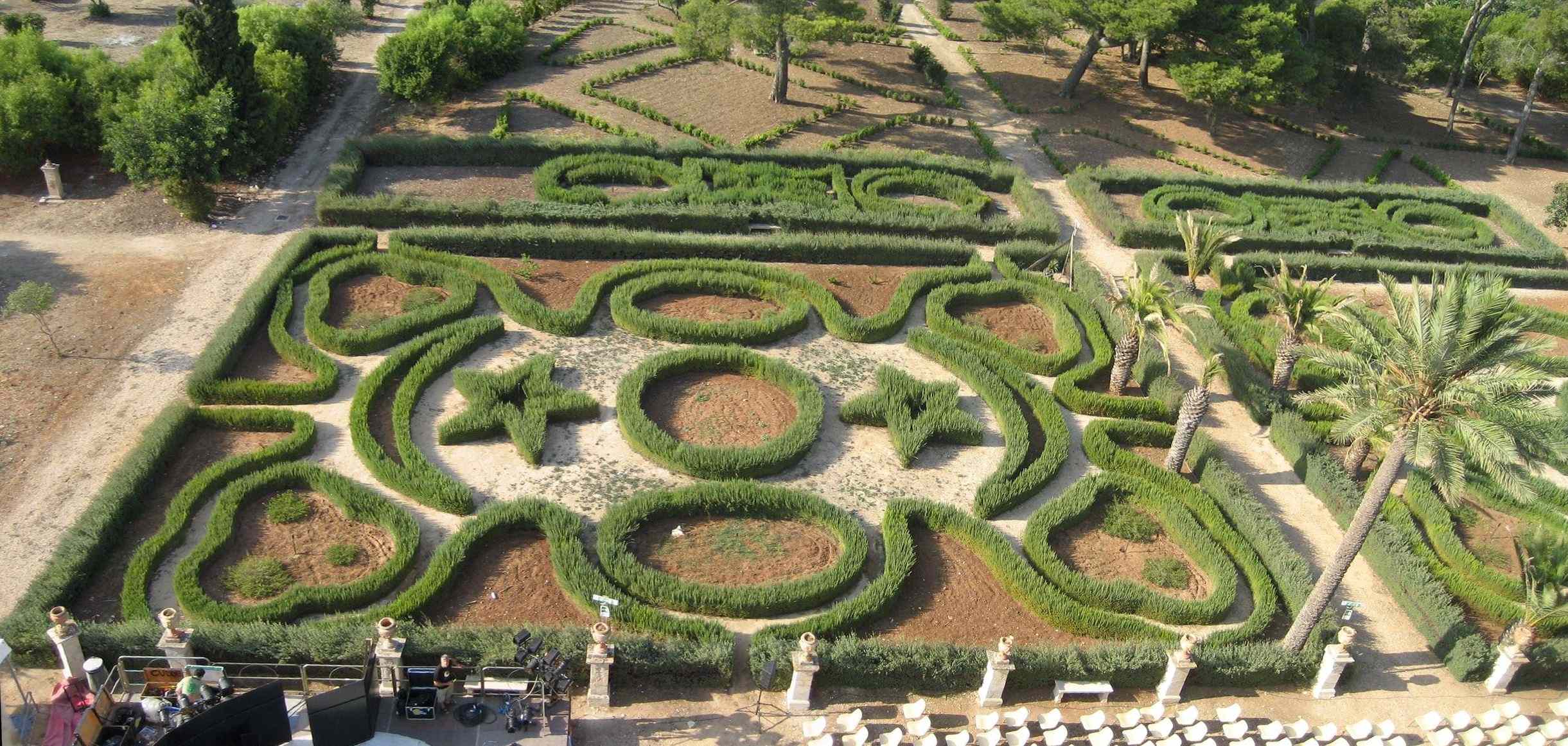Commonly called the "Leopard" palace because it is linked ala memory of the famous novel and its noble author Giuseppe Tomasi Di Lampedusa. It belonged first to the " Corbera " family and later to the " Filangeri " family. It has been rebuilt inside while leaving the remaining Baroque lines on display externally.
The Filangeri Cutò Palace forms the backdrop to a large square and is a self-sufficient organism, equipped with a theater, chapel, reception rooms and a large garden.Built on the pre-existing remains of an Arab fortress, it was developed from the 17th century as the residence of the town’s founder Antonio Corbera. It always maintained an emblematic value of feudal power within the territory of S. Margherita, until the decline of baronage in the late 1800s. In 1921, after the fractional sale of some of its parts, the slow decline of the complex began, and in 1968 it was largely destroyed by an earthquake. Today it has been completely restored and is home to the Gattopardo Literary Park-Museum in honor of the famous writer Tomasi di Lampedusa, who spent his summers there between the ages of six and 20. Becoming in The Leopard the palace of Donnafugata, it frames a little less than half of the novel.
" ….era a paradise of scents ri rimmed with oregano and nepitella as are so many gardens of Sicily that seem made more for the enjoyment of the nose than the eye." Reading between the lines of the Childhood Memories of the celebrated writer Giuseppe Tomasi di Lampedusa, the invitation to visit the places related to the famous novel of "The Leopard" is obligatory. One of them is the garden, embedded in the urban context, located on a lower floor of the monumental complex of the Filangeri di Cutò Palace.
